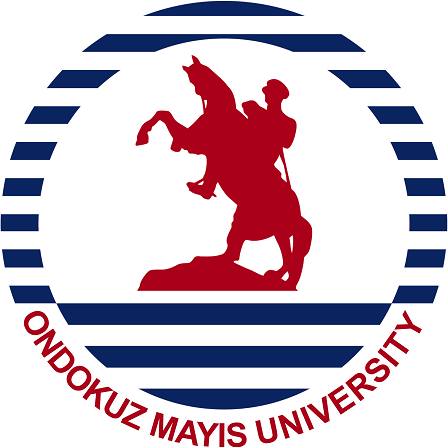The preparatory program available for English, German and French preparatory classes starts with the Proficiency Exam at the beginning of the semester. The exam is conducted in three sessions: use of English, writing and speaking. The Use of English section is in the format of the FCE (First Certificate Exam), an international exam that includes Grammar, Reading and Vocabulary sections. It accounts for 60% of the score (40% grammar+vocabulary, 20% reading).In the writing (20%) session, students are given a choice of three questions/topics. They are expected to choose one and write a paragraph of the desired type. Each answer sheet is evaluated by two independent instructors and averaged. In the speaking session, students are taken into the exam hall one by one and given a choice of two questions (the topics are related to the topics in the units they have been studying throughout the year). They choose one of these topics and prepare/think about it for a few minutes and express their thoughts on the topic. In cases where they have problems or cannot explain clearly, they are guided by asking questions. It is strictly forbidden to use dictionaries etc. in all sessions. Two instructors for each class conduct the speaking and writing exams together. They also grade independently and take the average. Students who do not achieve a passing grade of 60 in the exam are subject to the preparatory class. They take the placement test the following week. The placement test is an 80-question test based on the Common European Framework of Reference for Languages (CEFR) developed by the Oxford publishing house. This test consists of multiple-choice grammar, vocabulary and reading questions. Students are placed in classes according to their scores (Elementary (A1) 0-17 points, Pre-intermediate (A2) 28- 41 points, Intermediate (B1) 42 points and above). The School of Foreign Languages Preparatory program (for English, German Language Teaching and French Language Teaching) uses a 32-week annual curriculum of 26 hours per week. The curriculum includes core subjects and language skills courses such as reading, writing, listening and speaking. The English preparatory classes consist of a group of optional preparatory classes for Materials/Metallurgical Engineering and English-language Economics, and another group for English-language Medicine, English Language Teaching and English Translation and Interpreting. Each group is divided into lower and upper levels.
| SEMESTER | COMPULSORY-OPTIONAL | MEDICINE-ELT |
|---|---|---|
| 1 | Lower Levels:A1 Main Course + A2 Main Course; Upper Levels: A2 Main Course + Skills | Lower Levels:A2 Main Course + B1 Main Course; Upper Levels: A2 Main Course + Skills |
| 2 | Upper Levels:B1 Main Course + Skills; Upper Levels:B1 Main Course + Skills | Lower Levels:B2 Main Course + Skills; Upper Levels:B2 Main Course + Skills |
The sections that appear in the table above with the abbreviation VEM start as A1 according to the lower level CEFR. In the first semester, they complete the A2 course. They finish B1 in the second semester. The upper group starts with A2 and finishes with B1 at the end of the second semester. The lower level classes from the departments under the abbreviation MELT start with the A2 course and finish the B1 course at the end of the first semester. They finish B2 in the second semester. Upper level classes start with B1 in the first semester and finish with B2 in the second semester. German Language Teaching Preparatory classes also follow a curriculum in accordance with the CEFR. They start with A1 in the first semester. In the second semester, they finish the B1 course. French Language Teaching Preparatory classes follow a curriculum in accordance with the CEFR. They start with A1 course in the first semester. In the second semester, they finish A2+ level. Mid-year assessment (50%) consists of two midterm exams in the first semester, two midterm exams in the second semester, announced and unannounced quizzes, presentations, portfolio and homework. The end-of-year evaluation (50%) is done with the end-of-year exam after the end of the course in the second semester and the education ends. As a result, the School of Foreign Languages offers a one-year curriculum with the aim of raising students' language proficiency to the level required by departments whose medium of instruction is English, German and French.
